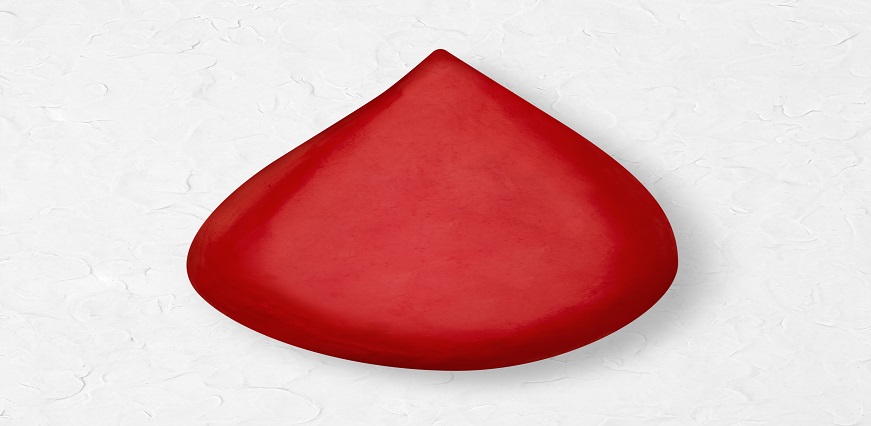





No lab centers are available in this city

Max Lab
Sep 24, 2024
Imagine living in a world where even a minor bump could lead to excessive bleeding. For those with hemophilia, this is not just a fear; it's a daily reality. Hemophilia is an inherited blood disorder that affects the body's ability to clot properly, resulting in prolonged bleeding after injuries or surgery. But what exactly causes hemophilia? How can it be diagnosed and treated? In this blog post, we’ll explore everything you need to know about hemophilia—including its types, symptoms, and ways to manage life with the condition.
Hemophilia primarily arises from genetic mutations affecting specific clotting factors in the blood. These mutations are often inherited, typically passed down through families.
The most common form is Hemophilia A, which involves a deficiency of factor VIII. Hemophilia B, on the other hand, results from a lack of factor IX. Both conditions disrupt the body’s ability to form blood clots effectively.
In rare cases, hemophilia can occur spontaneously without family history due to new genetic changes during conception. Environmental factors or certain medical treatments may also cause bleeding disorders that mimic hemophilia but aren't classified as such.
Understanding these causes helps in recognizing risk factors and guiding treatment options for those affected by this condition. Genetic testing plays an essential role in identifying individuals at risk and providing family planning advice.
Hemophilia manifests through a range of symptoms that can vary in severity. One of the most notable signs is excessive bleeding, often occurring after injuries or surgeries. Even minor cuts may lead to prolonged bleeding episodes.
Bruising easily is another common symptom. Individuals with hemophilia might notice large bruises appearing without any clear cause. These bruises can be tender and take longer to heal than usual.
Joint pain and swelling are frequent complaints among those affected by this condition. Internal bleeding into joints can lead to significant discomfort, impacting mobility.
Additionally, spontaneous nosebleeds are not uncommon for people with hemophilia. These occurrences can be distressing and difficult to manage without proper care.
Hemophilia primarily consists of two main types: Hemophilia A and Hemophilia B.
Hemophilia A is the most common form, accounting for about 80% of cases. It stems from a deficiency in clotting factor VIII. Individuals with this type often experience prolonged bleeding after injuries or surgeries.
On the other hand, Hemophilia B, also known as Christmas disease, results from a lack of clotting factor IX. Though rarer than Hemophilia A, it can cause similar symptoms such as excessive bruising and joint pain.
Both types exhibit varying severity levels based on how much clotting factor is present in the blood. Mild cases might only bleed excessively during surgery or trauma, while severe cases can lead to spontaneous bleeding episodes without any apparent reason.
Diagnosing hemophilia involves a series of specialized tests. Medical professionals start with a thorough review of the patient’s medical history and family background. Since hemophilia is often inherited, understanding family patterns can provide crucial insights.
Next, blood tests play a key role in identifying clotting factor deficiencies. The most common tests include activated partial thromboplastin time (aPTT) and specific factor assays to measure levels of factor VIII or IX.
In some cases, genetic testing may be recommended to confirm the diagnosis. This step is particularly useful for families considering future pregnancies or for individuals with unclear symptoms.
Hemophilia treatment primarily focuses on managing symptoms and preventing complications. The most common approach is factor replacement therapy. This involves infusing clotting factors that are deficient in the blood, helping to improve the body’s ability to form clots.
Patients may receive these treatments on a regular schedule or as needed during bleeding episodes. Advances in biotechnology have led to longer-acting clotting factors, which require fewer infusions and enhanced convenience.
In some cases, patients might benefit from desmopressin, a medication that boosts factor levels temporarily. This option is usually effective for those with mild hemophilia A.
Living with hemophilia requires careful management to prevent complications. Regular check-ups with healthcare providers are essential. This helps monitor blood levels and adjust treatment as needed.
Education is key for both patients and their families. Understanding how to recognize signs of bleeding, like unusual bruising or joint swelling, can lead to prompt intervention.
Incorporating a healthy lifestyle also plays a role in managing this condition. A balanced diet rich in vitamins supports overall well-being, while low-impact exercises strengthen muscles without straining joints.
Creating an emergency plan ensures preparedness during unexpected situations. Carrying medical identification that indicates the condition can provide crucial information if immediate care is necessary.
Hemophilia is a complex condition that can significantly impact the lives of those affected. Understanding its causes, symptoms, and types is crucial for effective management. Diagnosis typically involves blood tests, which help determine the specific type of hemophilia present. Treatment options range from regular infusions of clotting factor concentrates to newer innovative therapies.
Suggestive Read:












Sign up takes less than 60 secs and gives you access to your offers, orders and lab tests.
Looks like you are not registered with us. Please Sign up to proceed
OTP will be sent to this number by SMS
We have successfully received your details. One of the agents will call you back soon.
 To reach our help desk call 9213188888
To reach our help desk call 9213188888
No Lab Centers are available in this city
Looks like you are not registered with us. Please Sign up to proceed
OTP will be sent to this number by SMS
Not Registered Yet? Signup now.Looks like you are not registered with us. Please Sign up to proceed





 7982100200
7982100200.png)
Comments